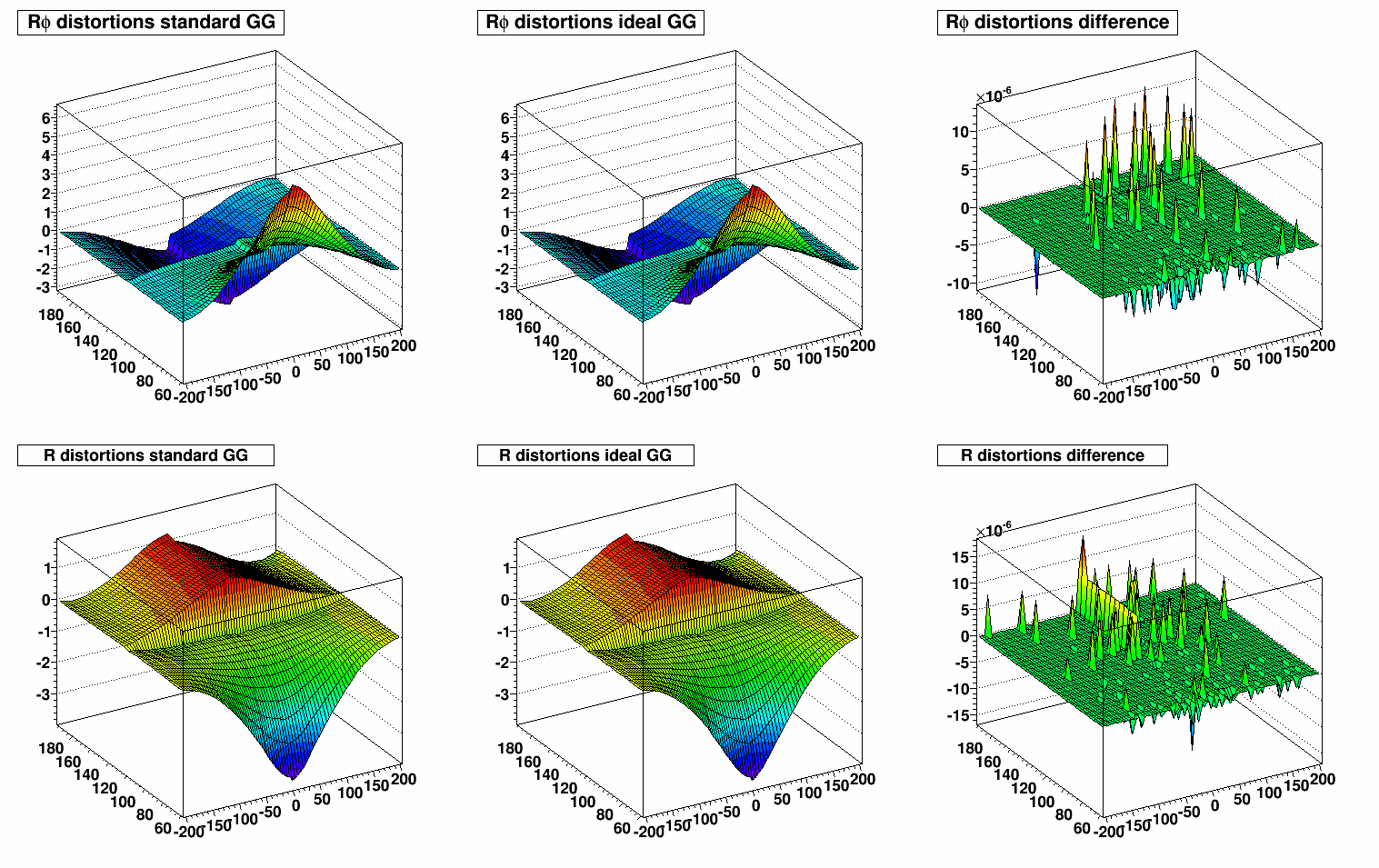- genevb's home page
- Posts
- 2025
- 2024
- 2023
- 2022
- September (1)
- 2021
- 2020
- 2019
- December (1)
- October (4)
- September (2)
- August (6)
- July (1)
- June (2)
- May (4)
- April (2)
- March (3)
- February (3)
- 2018
- 2017
- December (1)
- October (3)
- September (1)
- August (1)
- July (2)
- June (2)
- April (2)
- March (2)
- February (1)
- 2016
- November (2)
- September (1)
- August (2)
- July (1)
- June (2)
- May (2)
- April (1)
- March (5)
- February (2)
- January (1)
- 2015
- December (1)
- October (1)
- September (2)
- June (1)
- May (2)
- April (2)
- March (3)
- February (1)
- January (3)
- 2014
- December (2)
- October (2)
- September (2)
- August (3)
- July (2)
- June (2)
- May (2)
- April (9)
- March (2)
- February (2)
- January (1)
- 2013
- December (5)
- October (3)
- September (3)
- August (1)
- July (1)
- May (4)
- April (4)
- March (7)
- February (1)
- January (2)
- 2012
- December (2)
- November (6)
- October (2)
- September (3)
- August (7)
- July (2)
- June (1)
- May (3)
- April (1)
- March (2)
- February (1)
- 2011
- November (1)
- October (1)
- September (4)
- August (2)
- July (4)
- June (3)
- May (4)
- April (9)
- March (5)
- February (6)
- January (3)
- 2010
- December (3)
- November (6)
- October (3)
- September (1)
- August (5)
- July (1)
- June (4)
- May (1)
- April (2)
- March (2)
- February (4)
- January (2)
- 2009
- November (1)
- October (2)
- September (6)
- August (4)
- July (4)
- June (3)
- May (5)
- April (5)
- March (3)
- February (1)
- 2008
- 2005
- October (1)
- My blog
- Post new blog entry
- All blogs
Effect of ideal vs. set GG voltage in StarMagE on distortions
The gating grid has an effective voltage (the average voltage at all radii for z = 208.707 cm) which is different from the set voltage on the wires because of finite transparency of the grid. A calculator for this effective voltage is given here. We typically run the gated grid at -115 V set voltage, which places the effective voltage arround -112.6 to -112.7 V (it is slightly different between the inner and outer sectors, and also depends slightly on the anode voltages we use, which have varied on the order of ~100 V; turning the anode to 0 V drops these effective voltages by another ~1 V). This is an effectiveness of ~98%.
The field cages also define a potential which we expect at z = 208.707, calculable from the fraction of the resistor chain which lies between z = [0, 208.707 cm] and the cathode voltage. With the cathode at -27950 V, this value is -27950 V * (1.0 - [(208.707 cm / 364.44 Ω) / (1.15 cm / 2.0 Ω)] = -112.84 V. Thus, setting the gating grid to -115 V actually delivers an effective voltage which is within ~0.1-0.2 V of that desired by the field cage, and is thus essentially not in error.
When the voltage on the gating grid is changed, the change in effective voltage is different than the change in set voltage. Using the above calculator, this effective voltage change appears to be ~96.4% of the set voltage change. Distortion codes which consider errors in the gating grid voltage must (and do, as of now) take this change effectiveness into account.
One additional way that the effective voltage may play a role in the distortion codes is that the primary electric field strength (called "StarMagE" in StMagUtilities) should be determined using the effective voltage, not the set voltage. We have not done this in the past, so the question to answer here is whether this is necessary.
To answer, I have calculated the distortion maps for early during run 13099025, when SpaceCharge & GridLeak effects in the TPC were about as large as they've ever been. I did so using the set gating grid voltage in the calculation fo the primary electric field strength, and again using the effective (ideal) gating grid voltage, and looked at the differences. Shown are azimuthal (Rφ, top) and radial (R, bottom) distortion maps as a function of radius and z. All units on the plots are [cm]. The results demonstrate that the differences are at a level below 1 micron (10-4 cm), and are negligible. Given that StMagUtilities uses float for positions, that those positions are as large as order ~102, and the mantissa of a float only has precision over ~107, the observed differences are in fact on the order of that precision, so the voltage used is not the limiting precision.
-Gene
p.s. StMagUtilities reports that the two components of ωτ change from (2.79728, 2.27927) to (2.79226, 2.27518) when going from the set gating grid voltage to the effective (ideal) one for StarMagE.
[click on the plots to get a larger, full resolution image]
- genevb's blog
- Login or register to post comments

